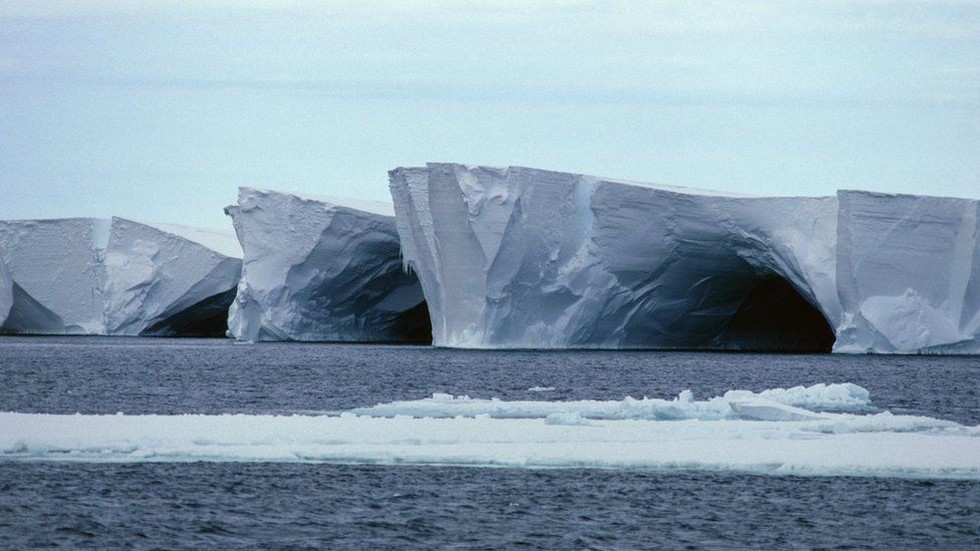
About Ross Ice Shelf:
Key Facts about Ross Sea:
Recently, an investor in Reliance Cap...
Recently, the Indian stock market has...
Recently, the number of people visiti...
Recently, the Delhi High Court called...
The Eta Aquariid meteor shower, which...
Heavy rains and thunderstorms lashed ...
The Indian Air Force (IAF) recently r...
The Supreme Court urged the Central g...
Scientists have developed a promising...
India’s score in the World Press Free...